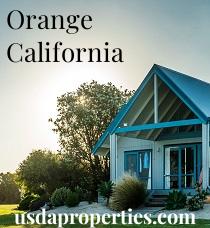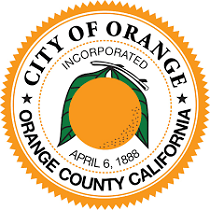Interested in fun facts and the history of Orange, CA?
Then read on!
The city of Orange, California, was originally inhabited by the Tongva people, who lived in the area for thousands of years. In the 18th century, Spanish explorers arrived in California and claimed the land for Spain. The area, later known as Orange, was part of a Spanish land grant in the early 19th century.
In the mid-1800s, the town of Orange was founded by a group of farmers who named the town for the oranges that grew in the area. The first citrus grove was planted in 1873 and by the early 1900s, Orange was known as one of the largest orange-producing cities in the world.
During the early 20th century, the city experienced a period of growth and modernization. The construction of the Pacific Electric Railway, which connected Orange to the larger cities of Los Angeles and Anaheim, brought new residents and businesses to the city.
In the 1960s, Orange experienced a resurgence of interest in its historic downtown area, which had fallen into disrepair after World War II. Local preservationists worked to restore the area, which is now listed on the National Register of Historic Places.
Today, Orange is a thriving city with a population of over 135,000 people. Its historic downtown area, diverse neighborhoods, and proximity to attractions like Disneyland make it a popular destination for visitors and residents alike.

